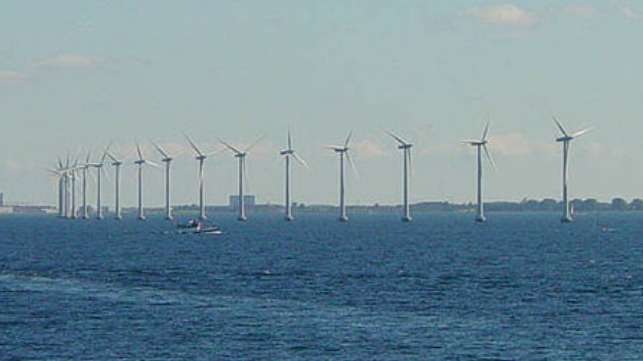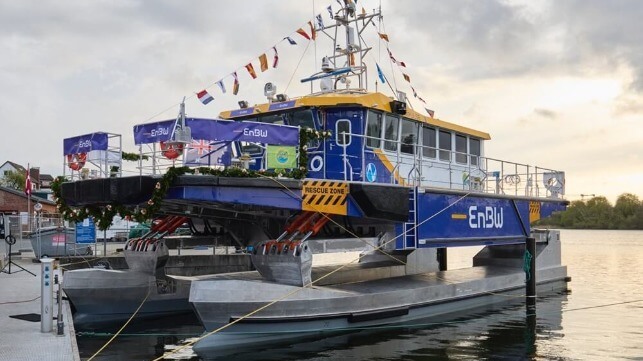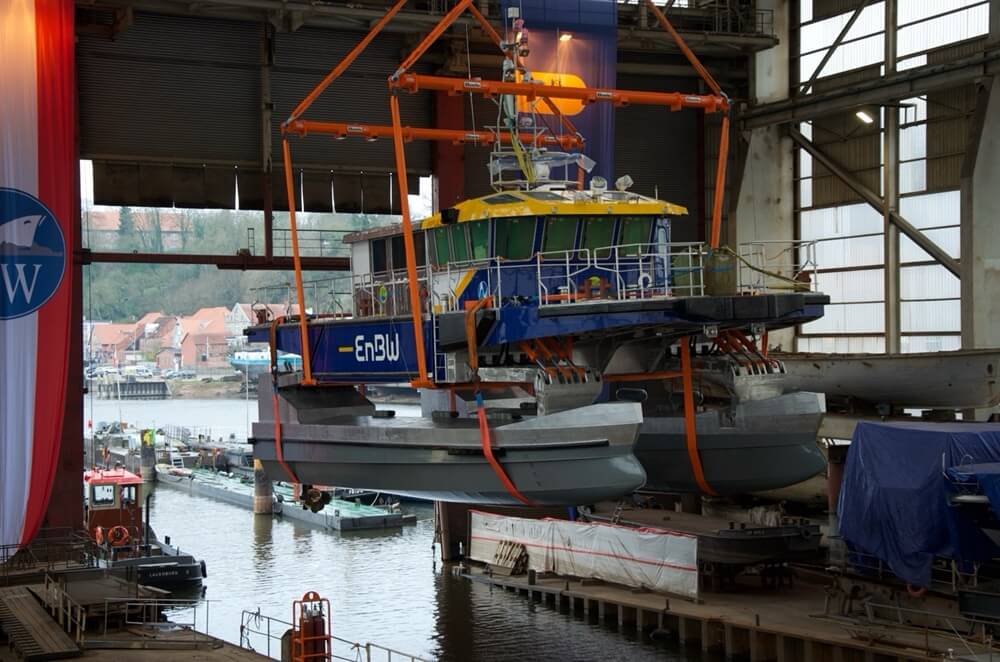Denmark Launches Largest Wind Tender Expecting to Become Green Exporter

After a year of preparation, Denmark today officially opened its largest ever offshore wind tender which when completed would ensure Denmark achieves its green goals and sets up the country to become an exporter of green power. With a minimum call for 6 GW, the tender would treble Denmark’s power generation from offshore wind and provide developers the option of further optimizing the sites to possibly realize 10 GW or more.
“Denmark is one large step closer to becoming Europe’s green powerhouse,” said Minister for Climate, Energy, and Utilities, Lars Aagaard. “When the wind turbines are operating, we can cover all of Denmark’s power consumption with green electricity – and we can produce hydrogen and green fuels for ships and planes…Now it is up to the market to take part in Denmark’s next big wind adventure.”
The Danish Energy Agency published the tender frameworks following the political agreement on the tender framework from the spring of 2023. They are designating six locations (North Sea I, Kattegat, Kriegers Flak II, and Hesselø) and took the unusual step of saying developers can optimize their projects within each lease. They are calling for a minimum of 6 GW but noted that by providing the opportunity to expand development on five of the sites, the total could reach 10 GW or more.
The minister notes that with tenders of this magnitude, Denmark enters a completely new chapter. Denmark commissioned the world’s first offshore wind farm 33 years ago and today has a current capacity of 2.7 GW, with an additional GW expected by 2027.
“The green power produced will be used not only for Danish consumption,” said Aagaard, “but also for export to our neighboring countries and green hydrogen production.”
The framework for the tender does not provide state subsidies and instead requires a yearly concession payment. The leases are for 30 years and the Danish state will be co-owners of 20 percent of the offshore wind farms. They estimate that the cost of building each GW of capacity will be around $2.3 billion.
The tender calls for the commissioning of the new wind farms by 2030, which aligns with Denmark’s ambitious goal of cutting emissions by 70 percent from 1990 levels by the end of the decade.
EnBW Buys One-of-a-Kind Hydraulic Suspension CTV for Offshore Wind Farms

German boatbuilder Wallaby Boats has delivered a radically-different kind of crew transfer vessel for the utility EnBW. CTVs are small compared to their big offshore brethren, the OSV-sized service operation vessels (SOVs), and have a narrower weather window. Wallaby's 18-meter CTV aims to expand serviceability in rough weather by putting the main deck on a suspension system, above two independent catamaran hulls.
"The ship Impulse is a pioneering piece of German engineering. It is our goal to have offshore wind farms with a total output of 30 GW producing electricity in Germany by 2030. For this we will need even more ships like this," said German economy minister Robert Habeck at a christening ceremony.
EnBW hopes that the newly-named Impulse will make maintenance cheaper and help reduce the cost of offshore wind at the Baltic 2 wind farm. The suspension system - designed by Nauti-Craft Pty - lets the twin hulls move independently to compensate for wave action. Simulations show that the boat should be able to safely transfer technicians to wind towers in wave heights of up to about seven feet (sea state 4 to low-5).

Courtesy Wallaby Boats
The hydraulic suspension should also reduce ship motion experienced by the boat's crew, reducing fatigue and risk of seasickness. The system also generates heat energy, which can be used for deck deicing or cabin heating.
Wallaby is the first boatbuilder to incorporate the Nauti-Craft suspension system. While it is building in Europe to start, it is open to inquiries about creating a Jones Act-compliant version of its unique CTV for the American market.
No comments:
Post a Comment